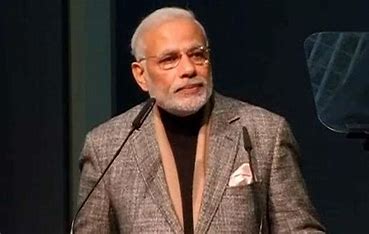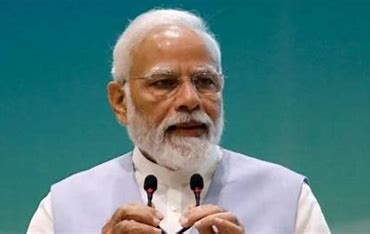
Solar energy is rapidly becoming the least-cost energy option for India’s power sector, according to Prashant Kumar, Secretary of the Union Ministry of New and Renewable Energy (MNRE). Speaking at the High-level Conference on New Technologies for Clean Energy Transition, Kumar highlighted the significant advancements in solar technology, including the emerging perovskite solar cells, which are further reducing costs and expanding the potential for solar power in India.
Traditionally, silicon-based photovoltaic (PV) panels have been central to solar power, but the MNRE Secretary emphasized the cost benefits achieved over recent years. In 2015-16, PV-based solar power cost Rs 7.04 per unit, while solar thermal technology costs were even higher at Rs 12.05 per unit. Today, PV-based solar production units can produce power at under Rs 3 per unit, making solar one of the most affordable energy sources available.
Kumar identified energy storage as the biggest challenge for the sector, noting that despite the drop in costs, storage solutions remain critical to ensure a stable energy supply. He pointed to advancements in battery technology, including improvements in lithium-ion batteries and promising developments in solid-state and flow batteries, which offer greater longevity and scalability for large-scale storage.
Union Minister for New and Renewable Energy, Pralhad Joshi, underscored the role of increasing domestic demand for solar panels in supporting local manufacturing and small industry growth. Storage technology, he said, is crucial for harnessing solar energy during low-sunlight periods, such as cloudy days and nighttime, to meet continuous energy demand.
The Indian government has rolled out multiple initiatives to boost solar adoption, such as the PM Surya Ghar: Muft Bijli Yojana, which has seen substantial public response. The government has allocated Rs 75,000 crore to power one crore households with rooftop solar energy. India’s renewable energy goals also include achieving 500 GW of installed capacity from non-fossil sources by 2030 through programs like the National Green Hydrogen Mission, PM-KUSUM, PM Surya Ghar, and Production-Linked Incentive (PLI) schemes for solar PV modules.
India is positioned to become a global leader in renewable energy, with these programs enhancing environmental sustainability and energy security. As these efforts continue, India is building a green economy capable of meeting its energy demands while addressing climate change and conserving natural resources.















